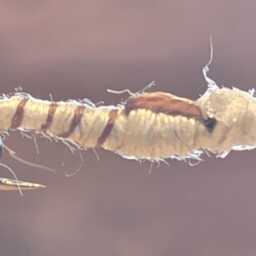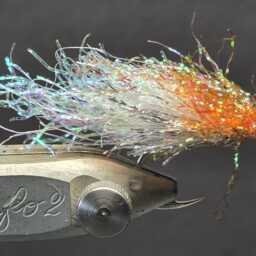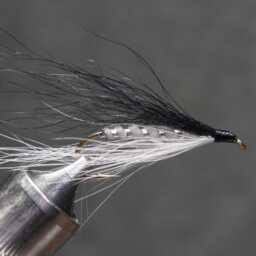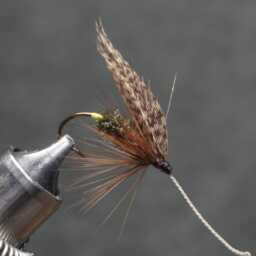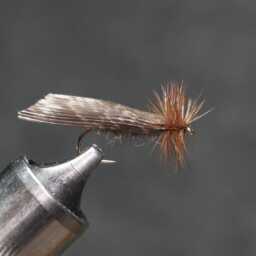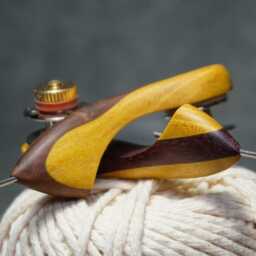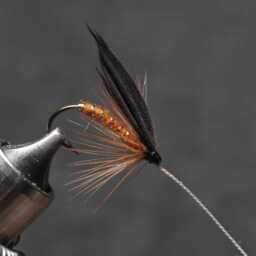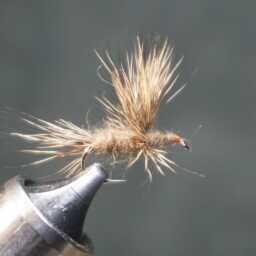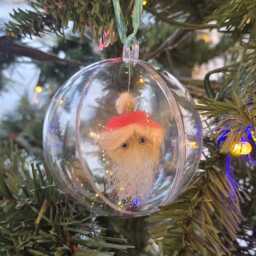Natural dubbing materials are the essence of fly tying, integral to the creation of lifelike and effective fly patterns. These materials, typically sourced from the fur of various animals, play a crucial role in imitating the appearance of aquatic insects and other prey, making them a mainstay in the fly fishing world. The use of natural dubbing can be divided into two primary categories: dry fly and wet fly dubbing. Dry fly dubbing emphasizes buoyancy and a natural appearance. Materials like Hare’s Ear Dubbing, known for its mottled and varied colors, excel in imitating mayflies and caddisflies, enhancing the realism of delicate patterns like the “Parachute Adams.” Squirrel Dubbing provides a spiky texture ideal for dry flies, creating a buggy and enticing effect, perfect for patterns like the “Elk Hair Caddis.”
On the other hand, wet fly dubbing seeks to mimic the submerged forms of insects and other aquatic creatures. Seal Dubbing, with its soft and fine texture, is excellent for creating slim, natural-looking bodies on nymphs like the “Soft Hackle Pheasant Tail.” Otter Fur Dubbing adds an authentic underwater appearance, especially in patterns such as the “Bead Head Caddis Larva.” The range of natural dubbing materials is vast and diverse, with each type offering unique textures, colors, and effects. They give fly tiers the freedom to match specific hatches, conditions, and desired aesthetics. The use of these natural materials is a testament to the artistry of fly tying, where precision and creativity come together to create patterns that are both functional and visually appealing. Natural dubbing materials are a bridge between the world of fly tiers and the world of aquatic insects, allowing anglers to present convincing imitations to discerning fish, ensuring a rewarding and productive day on the water.
« Back to Glossary Index
